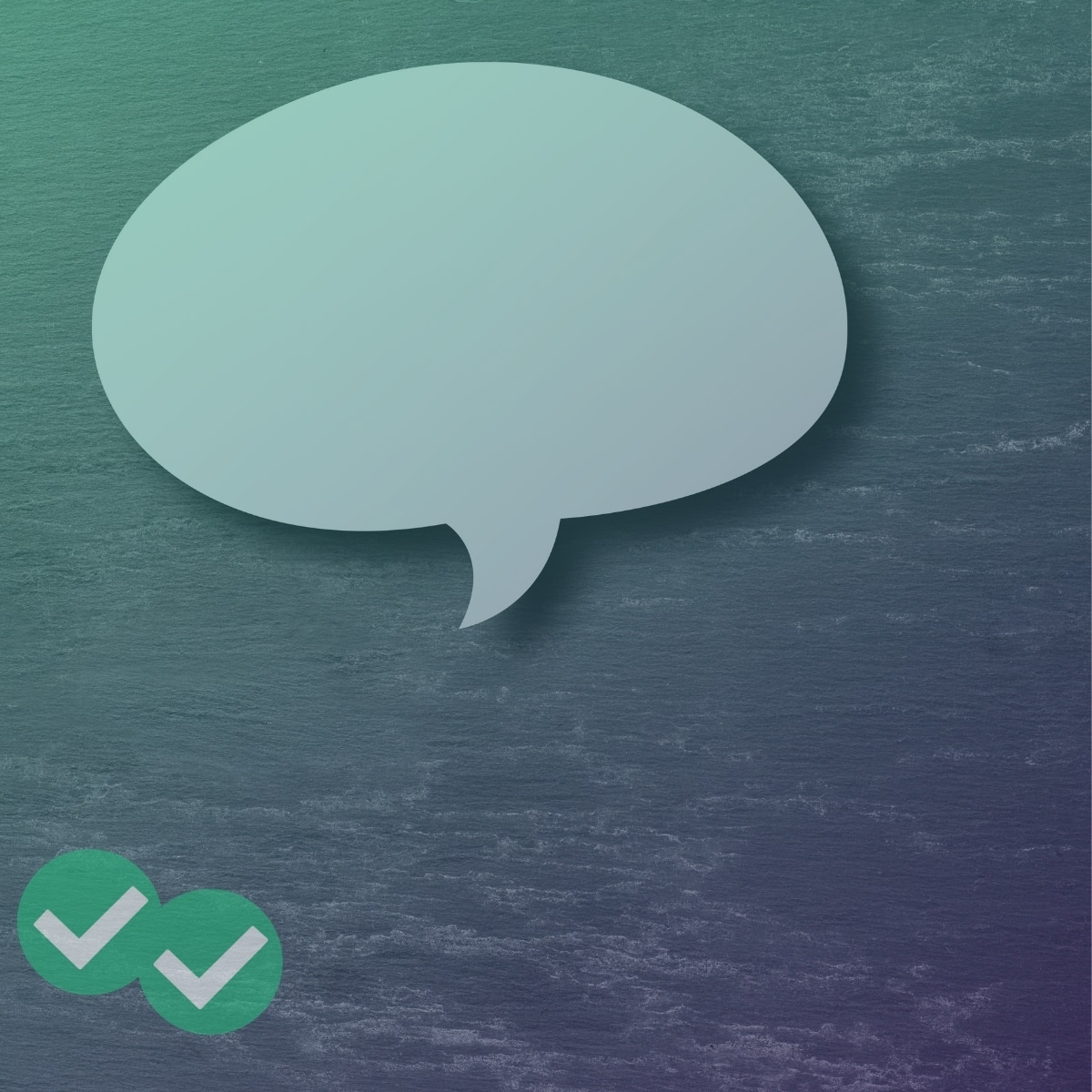
In this post, I’m going to give you some tips for success in grammatical range and accuracy. First things first—to get a top score in IELTS Writing Task 1 and Task 2, you should go to the source: the official IELTS Writing Task 1 rubric PDF and IELTS Writing Task 2 rubric PDF. Now, let’s get into what grammatical range and accuracy mean for IELTS!
What is Grammatical Range and Accuracy?
This is a measurement of your ability to use a wide range of grammatical structures without making a lot of grammatical errors. If you have enough time (a few months or more) before you take the IELTS, consider taking an English class or investing in a good grammar book for self-study. I often recommend this grammar book to intermediate and advanced students. It offers clear grammar explanations and contains many practice exercises.
IELTS Writing Task 1 and Task 2 Grammar Tips
Here are some additional grammar tips to help you, even if your IELTS exam is coming up soon and you don’t have time to take a class or study a textbook!
Grammar Tip 1: Don’t Use the Same Simple Sentence Structures Over and Over.
The next time you write a practice response, take a close look at your sentence structures. Do you use a variety of sentence patterns? English language learners often develop a habit of using forms of the “BE” verb (am, is, are, was, were) very frequently as the main verb of the sentence. Using “BE” verbs is not a problem (I have used many in this blog post!!), but using them too often makes your writing sound very basic. Importantly, using “BE” verbs repeatedly also limits your grammatical range.
Choosing more descriptive verbs opens up many grammatical possibilities. For example, you can use adverbs and adverbial phrases to describe an action. By limiting yourself to forms of “BE” as the main verb, you will mainly rely on adjectives for description.
To work on this, go back through your practice essays and try to change every sentence that includes a “BE” verb as the main verb. Don’t worry about sentences with “BE” auxiliary verbs like this:
She is running.
“Running” is the main verb of this sentence and “is” is an auxiliary. There is no need to change this. You want to edit sentences that look like this:
Michael is a history professor at my college.
“Is” is the main verb of the sentence. When you revise these sentences, don’t change the meaning of the sentence too much. The sentence should still fit logically in your essay. This can be tough! Making these changes will force you to use different sentence patterns and, importantly, more descriptive verbs and adverbs when you write.
Please note—you do not need to avoid all “BE” verbs when you write for the IELTS exam. This exercise simply helps you to develop your ability to use a variety of grammatical structures. Review the following examples:
- Original sentence: Mary is an excellent teacher, so students always love taking her class.
- Revised sentence: Mary teaches so well that students always love taking her class.
Grammar Tip 2: Use Complex Sentence Structures
On the IELTS, you need to prove that you can write advanced sentences without mistakes. Therefore, you should include some complex sentence patterns in your writing.
What is a complex sentence? Complex sentences include “subordinating conjunctions,” which introduce a variety of dependent clauses in English. Look over this review of dependent and independent clauses if you need to. Below are some examples of subordinating conjunctions:
| Adverbial Subordinators (there are many!): |
Even though Whereas While When Because Since |
| Adjective Clause Subordinators: |
Who Whom Which That Whose |
| Noun Clause Subordinators: |
What When Where How Who |
A few complex sentence examples:
- Adverbial:
Even though it rained all weekend, we had a great time.
I like playing chess because it provides a mental challenge. - Adjective:
I threw the ball to my friend, who was not ready to catch it.
Unfortunately, I can’t find the pen that you loaned me. - Noun clause:
I didn’t hear what you said.
Please show me how I can fill out this form correctly.
You don’t want to overuse these complex structures. It’s best to mix complex sentences with simpler ones for clarity. Also, don’t confuse the word “complex” with the word “long.” In general, you should try to avoid extremely long sentences to make your writing clear and easy to understand. Having some longer sentences won’t hurt you, but, again, aim for a mixture.
Grammar Tip 3: Check Your Verb Tenses As You Edit
Spend some time reviewing verb tenses as you study. If possible, find a teacher or a native English speaker to evaluate your writing to see if you make consistent mistakes. Tense errors are a common mistake in IELTS responses.
Time is very limited, making it easy to use the wrong verb forms. Yet, these are mistakes that many students can easily edit on their own. If you notice that you forget to use past tenses when writing about the past, for example, it might not mean that you need to do a full review of past tense verbs. Instead, it might mean that you need to save a little time for yourself after writing to check your work.
When you practice writing for the IELTS, take as much time as you need to look for errors when you’re done writing. In fact, make sure you keep all your practice essays and pull them out again a week or two after you wrote them. Often, you’ll find new errors and think of better ways to express the ideas in your essays.
Going Beyond Grammatical Range and Accuracy: Additional Resources
It’s important to remember that no category on the rubric exists in a vacuum. What do I mean by this? I mean that each category is connected to the other categories, and can’t be considered alone. Good grammar needs to be paired with good use of vocabulary, and grammar and vocabulary are important aspects of task achievement and coherence/cohesion. So be sure to check out Magoosh’s other articles on IELTS Writing Task 1 and Task 2 rubric and band scores:
- How Do You Score Band 9 in IELTS Academic Writing Task 1?
- How to Get Band 8-9 in IELTS Writing Task 2
- Academic Writing Task 1 and Task 2: Coherence and Cohesion
- Academic Writing Task 1 and Task 2: Lexical Resource
- IELTS Academic Writing Task 1 and Task 2: Line Graph with Model Answer (Band 9)
- IELTS Academic Writing Task 2: Task Response
- IELTS Podcast (Ep 18) What is a Good IELTS Band Score?
And be sure to also check out our complete guide to the entire IELTS Writing section!






Leave a Reply